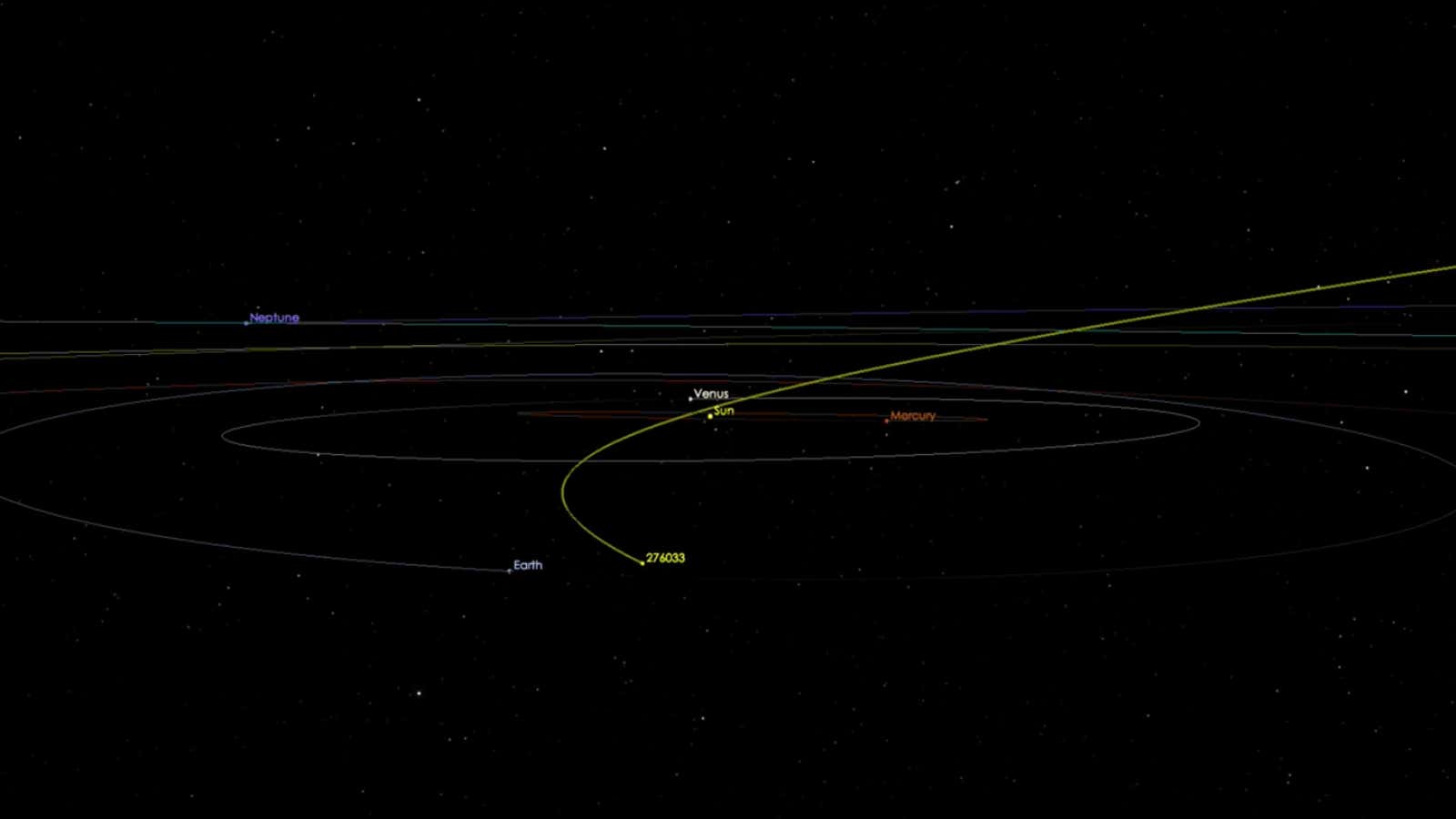If you’ve not already heard about it, the Daily Mail would like you to know to the following:
‘Potentially hazardous’ asteroid the size of the Burj Khalifa is heading towards Earth at 67,000 mph. It is the largest space rock to brush past our planet this year and previous research has found a rock of this size could plunge Earth into a mini-ice age if it hit.
What are the chances of it hitting the Earth? NASA says zero. The asteroid called 2002 AJ129 will fly safely past the Earth on Feb. 4.
The same is true for previous warnings from the Daily Mail for other asteroids, such as “lorry-sized” 2017 YD7, which safely flew past the Earth on Jan. 3, or “rogue asteroid” 2010 NY 65, which did the same on Jun. 24. The list goes on…
Why does the Daily Mail and its scare-mongering cousins continue to publish these stories? Mostly because fear sells (or, in this case, brings clicks). The site does say that it’s likely none of these asteroids will hit, but it uses NASA’s classification of asteroids as the bait.
NASA labels these asteroids “potentially hazardous” and it has a reason for calling them so. These objects are “hazardous” because they are indeed large enough to cause significant damage, if they were to hit. And “potentially” because, though we are keeping track of them, in the next 100 years their trajectory could change and put them on a collision course with the Earth.
Luckily, that’s not happening any time soon. NASA keeps track of nearly 1,800 such objects, and more kept being added to its list every year. And it’s important to be observant, for even if the probability of impact is low, the potential risk is huge.
If you’re still worried about an asteroid impact, below is a simple image to reassure you. Quartz took a NASA image showing the distance between the Earth and the moon (240,000 miles) and then put AJ129 in relative distance (2.6 million miles) as it flies past in two weeks.
Warning: you will need to scroll a lot.

